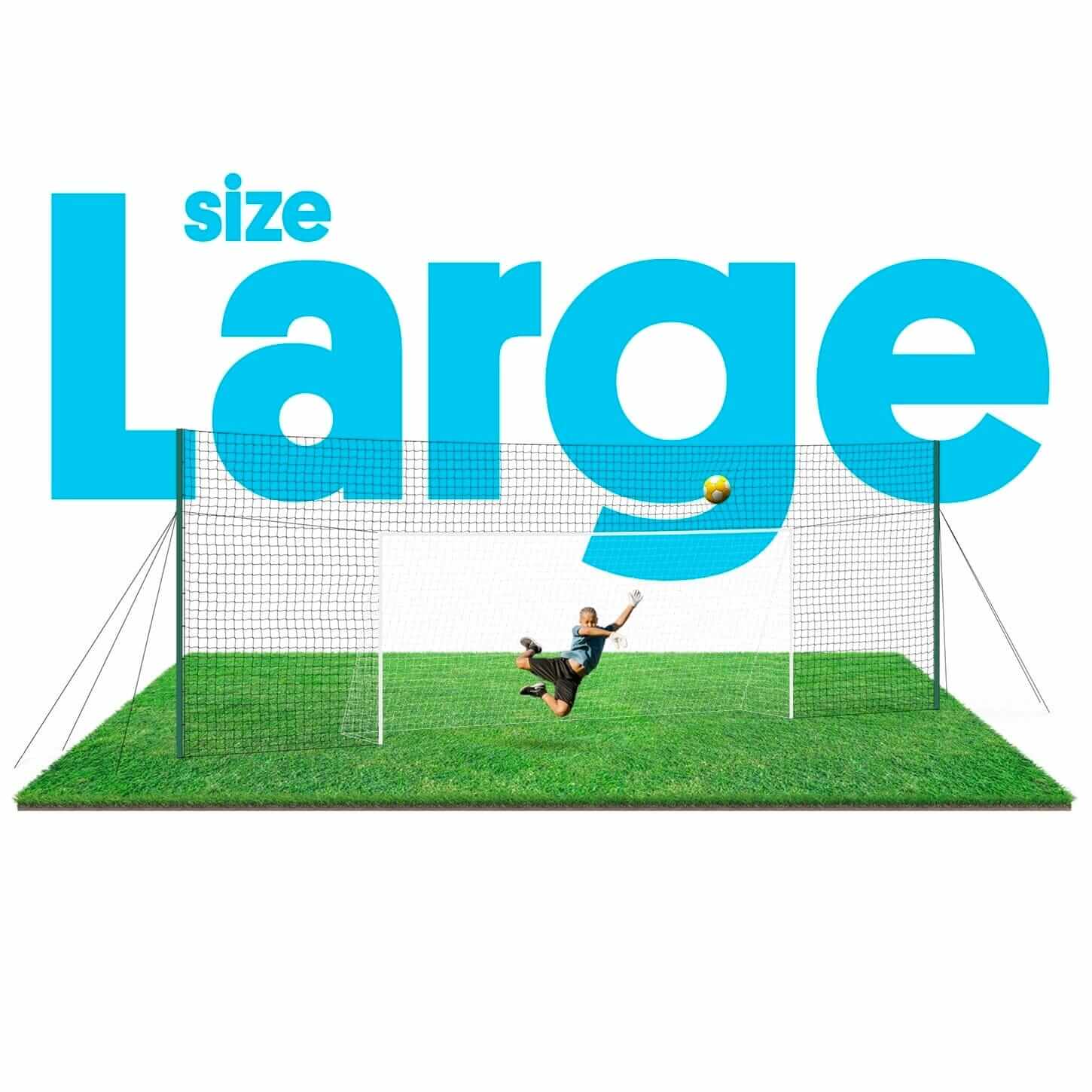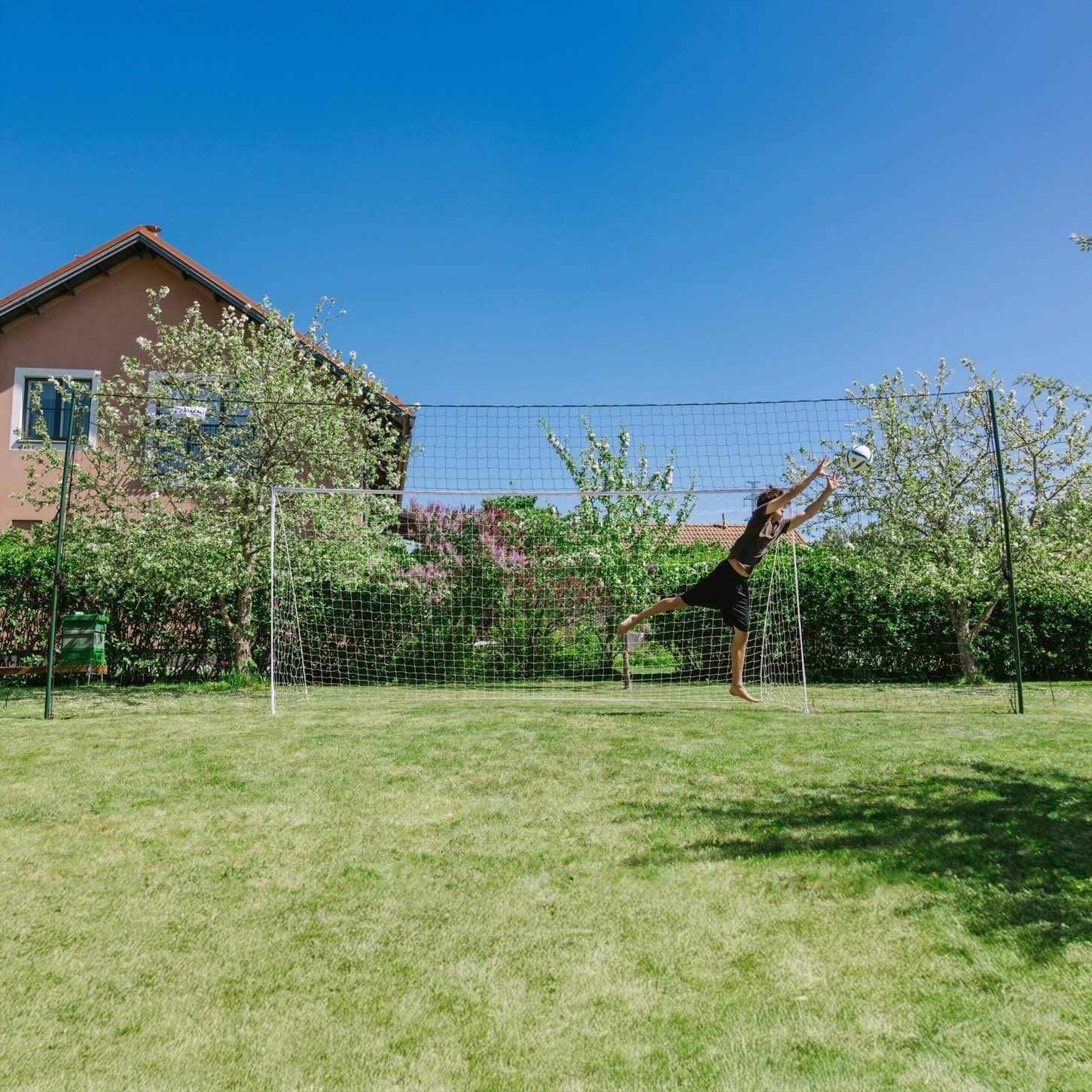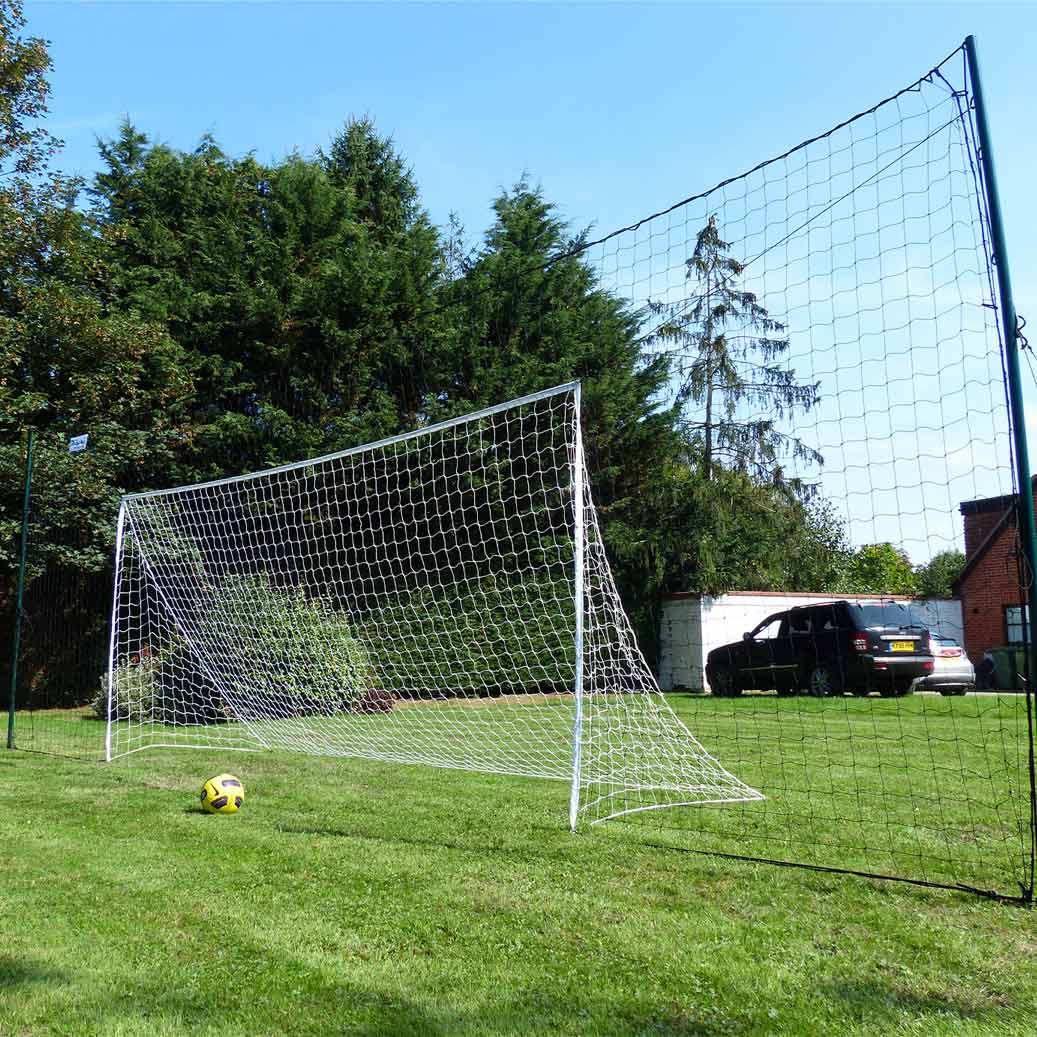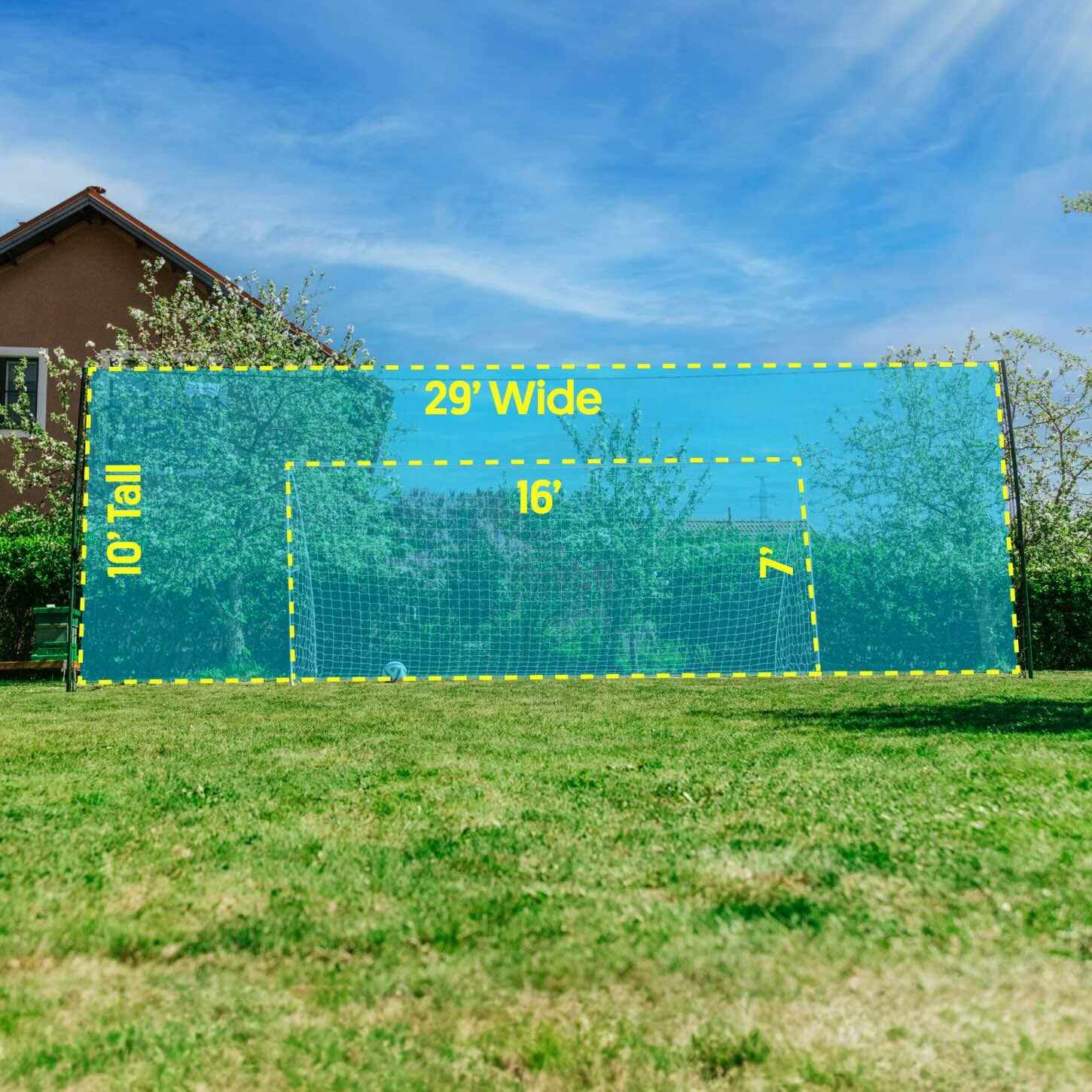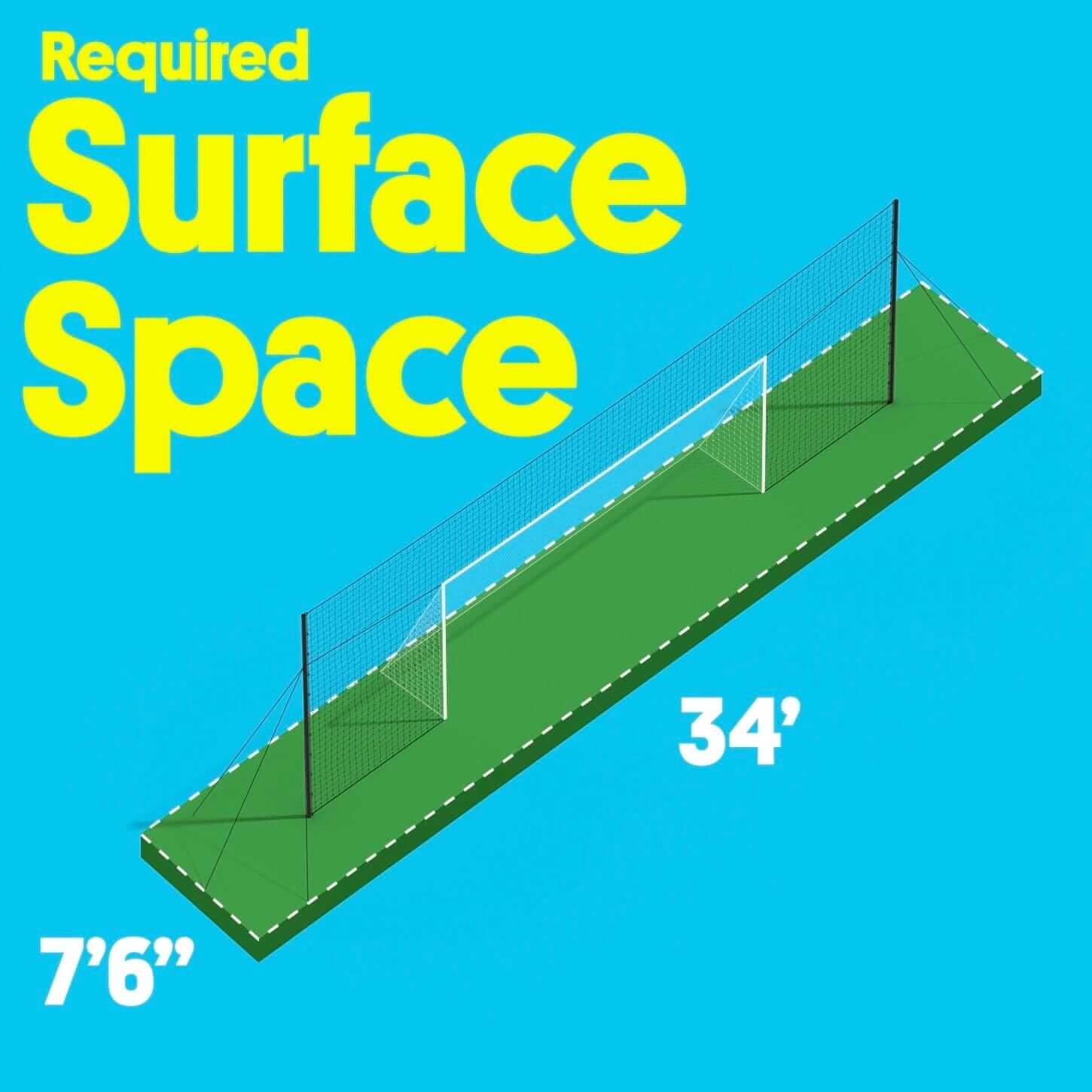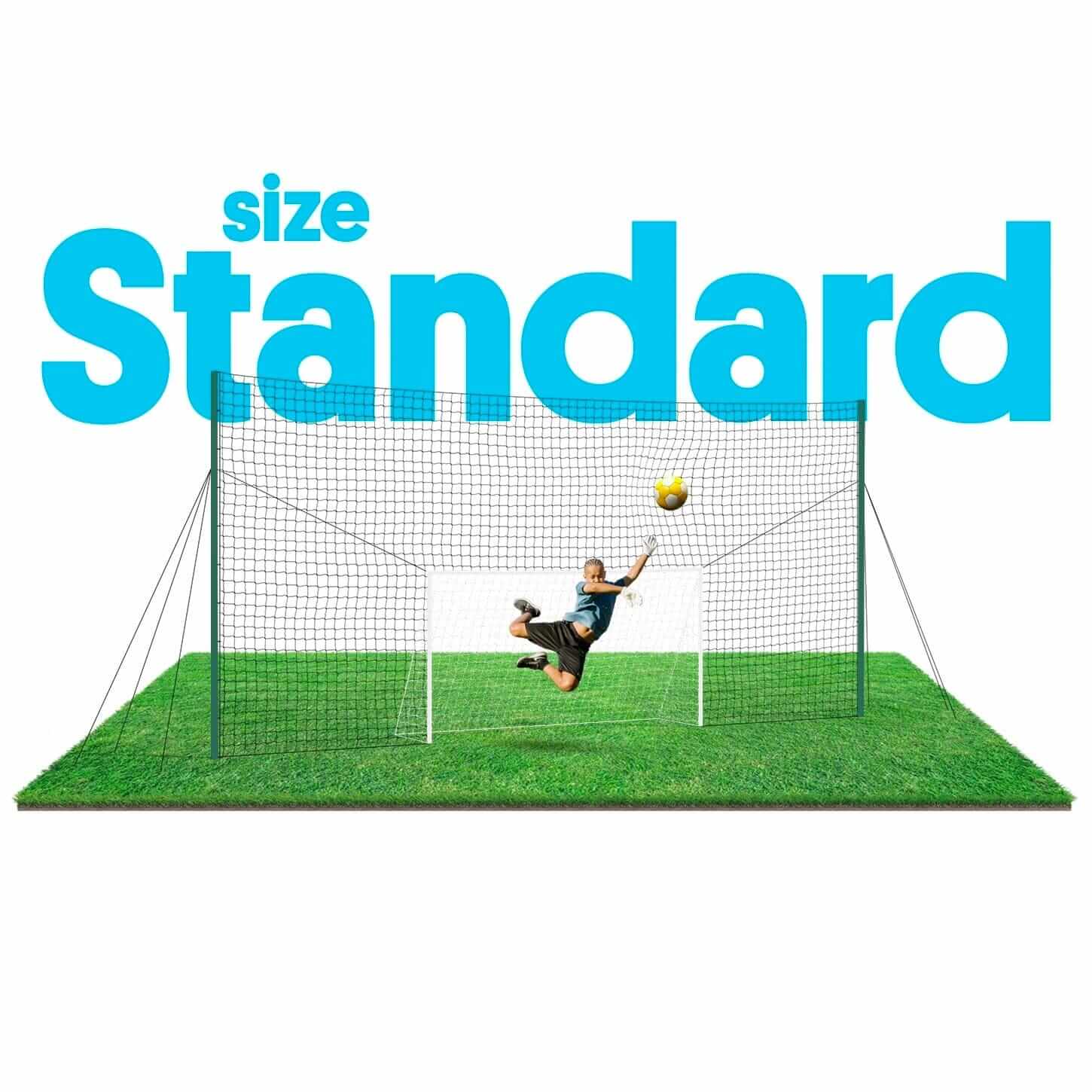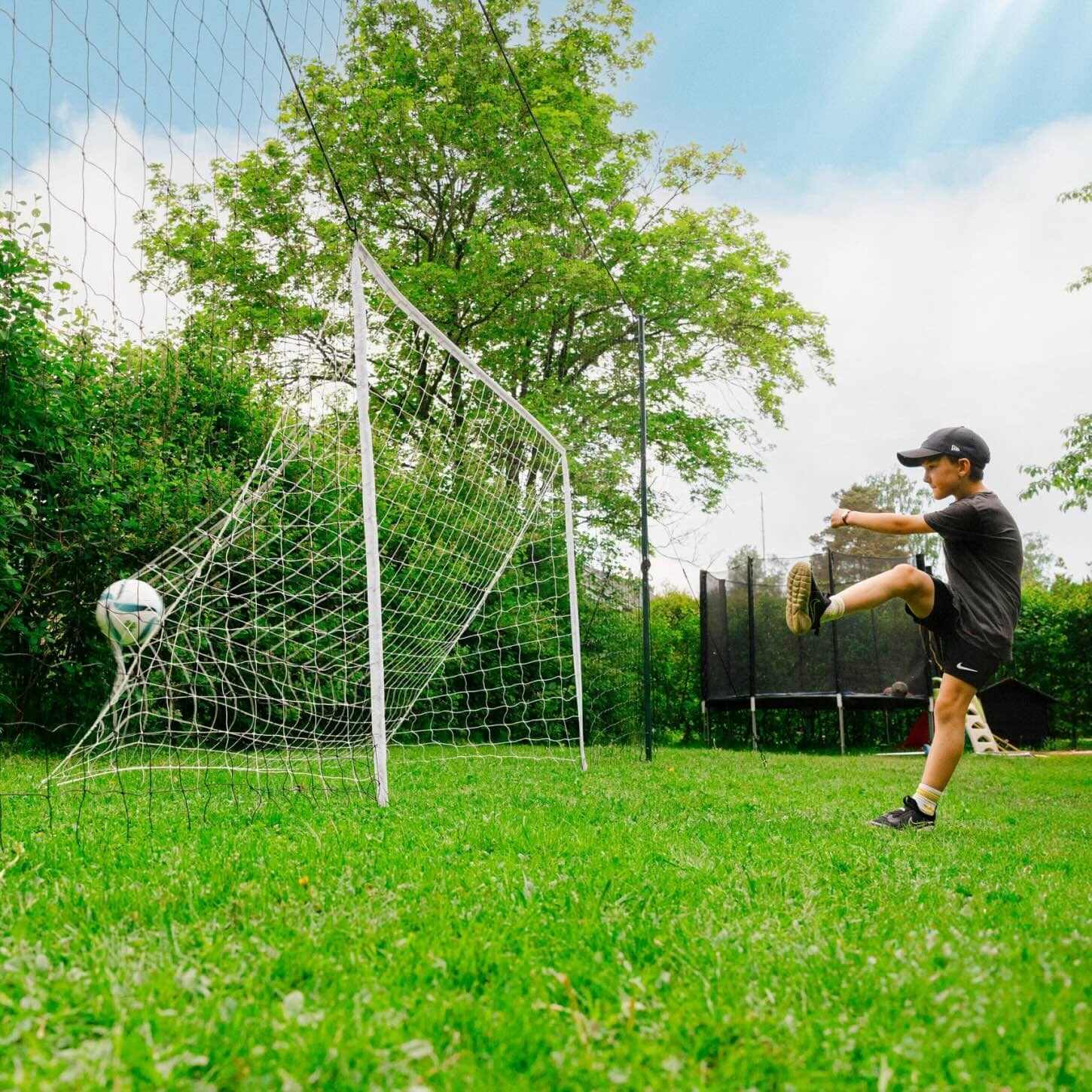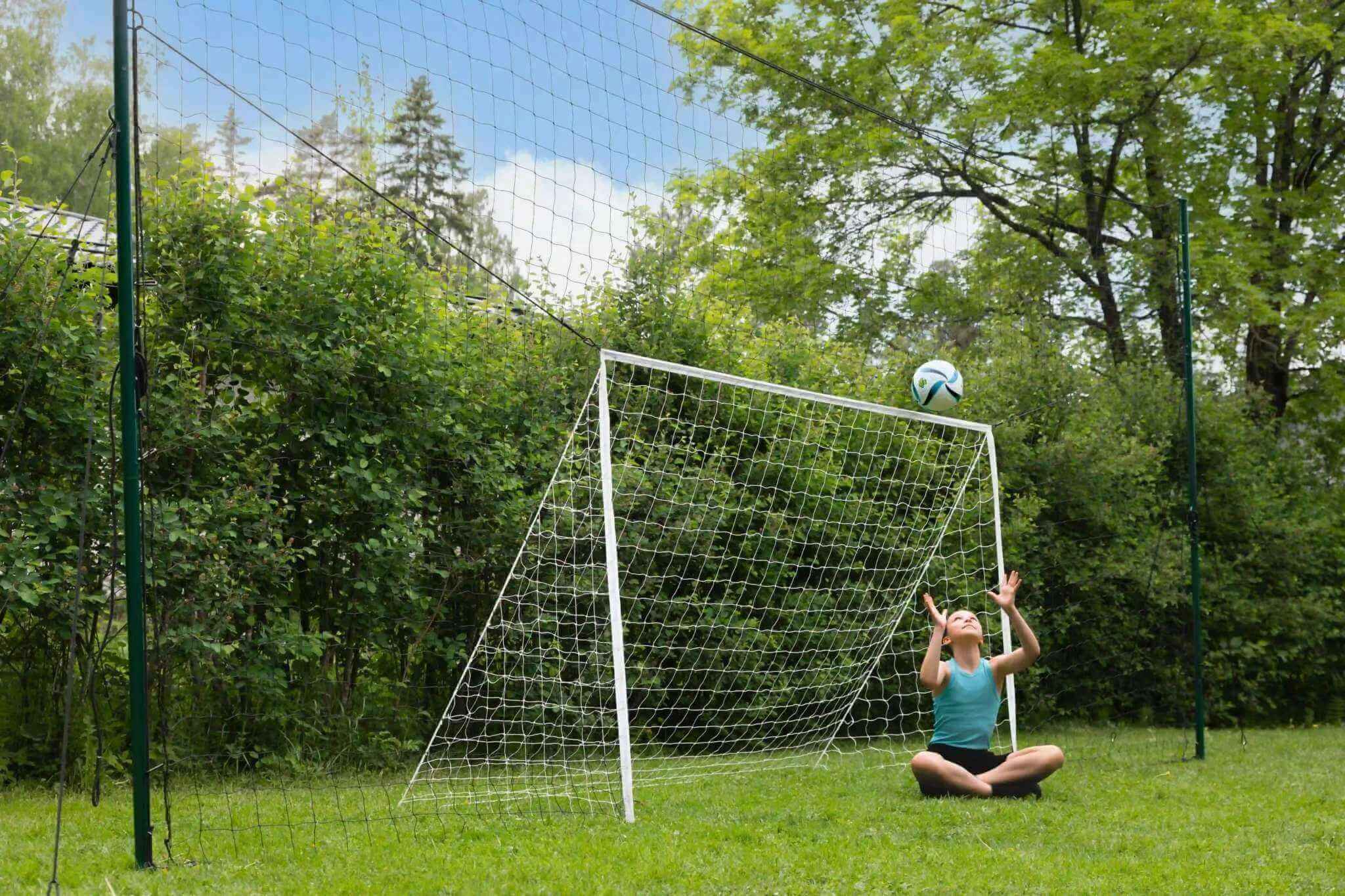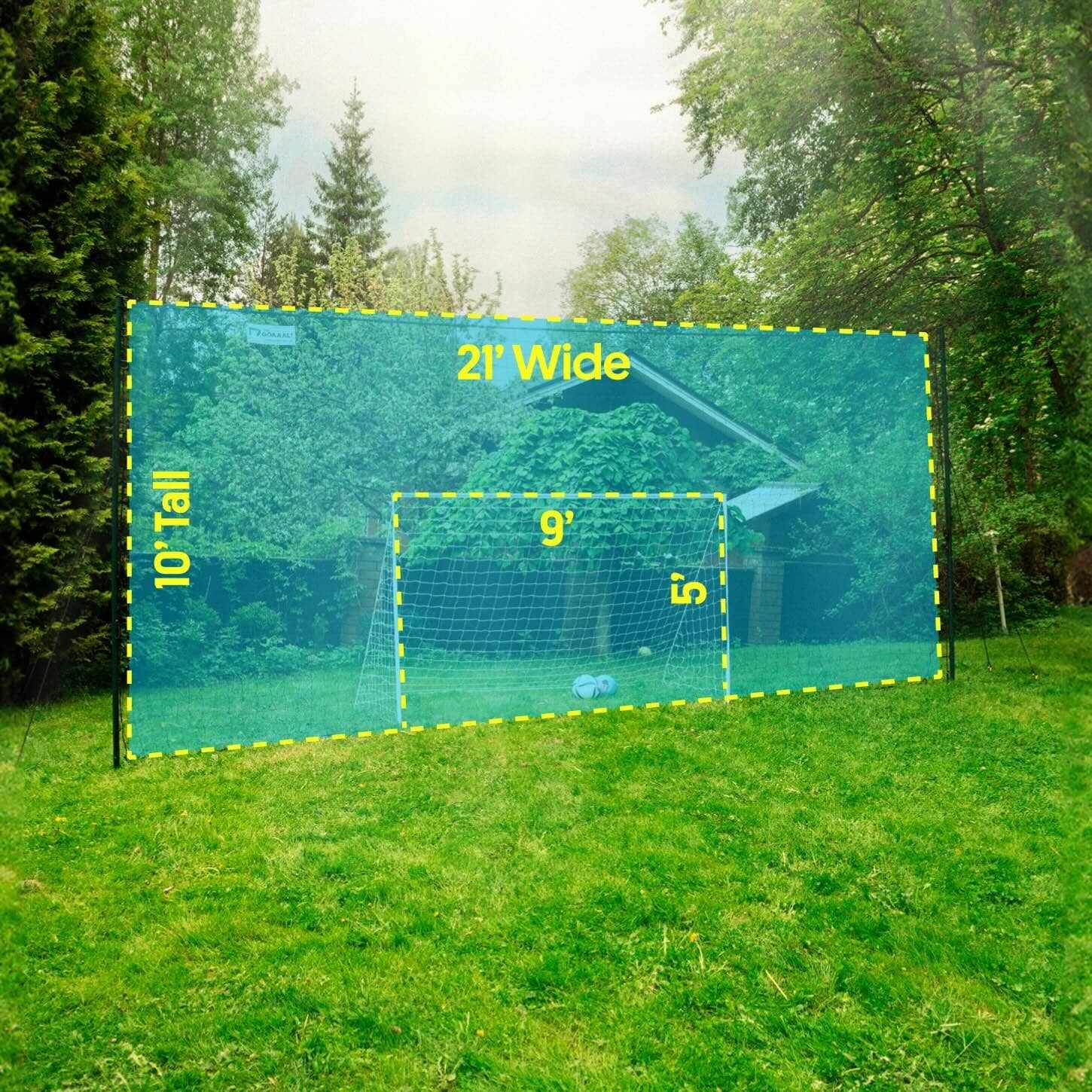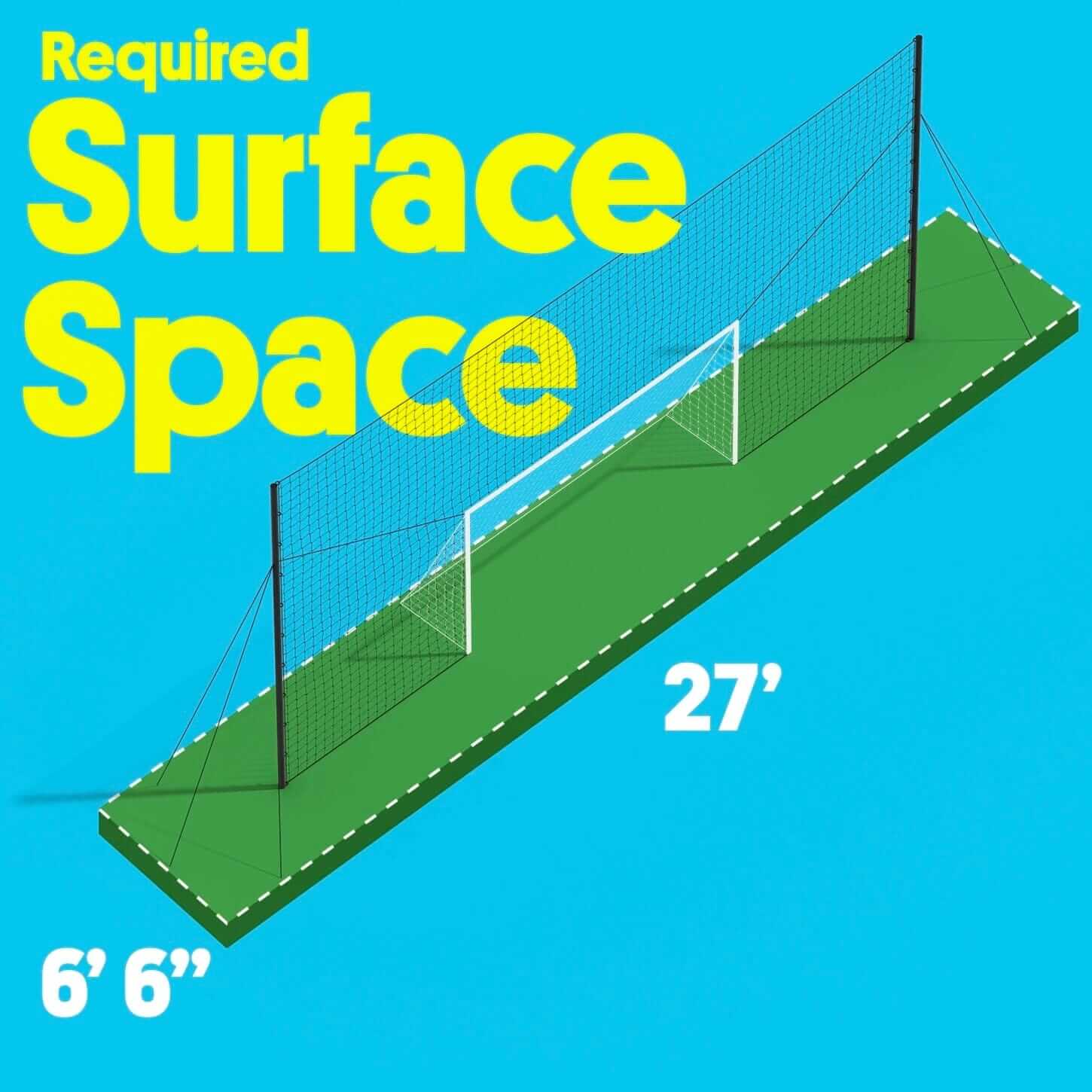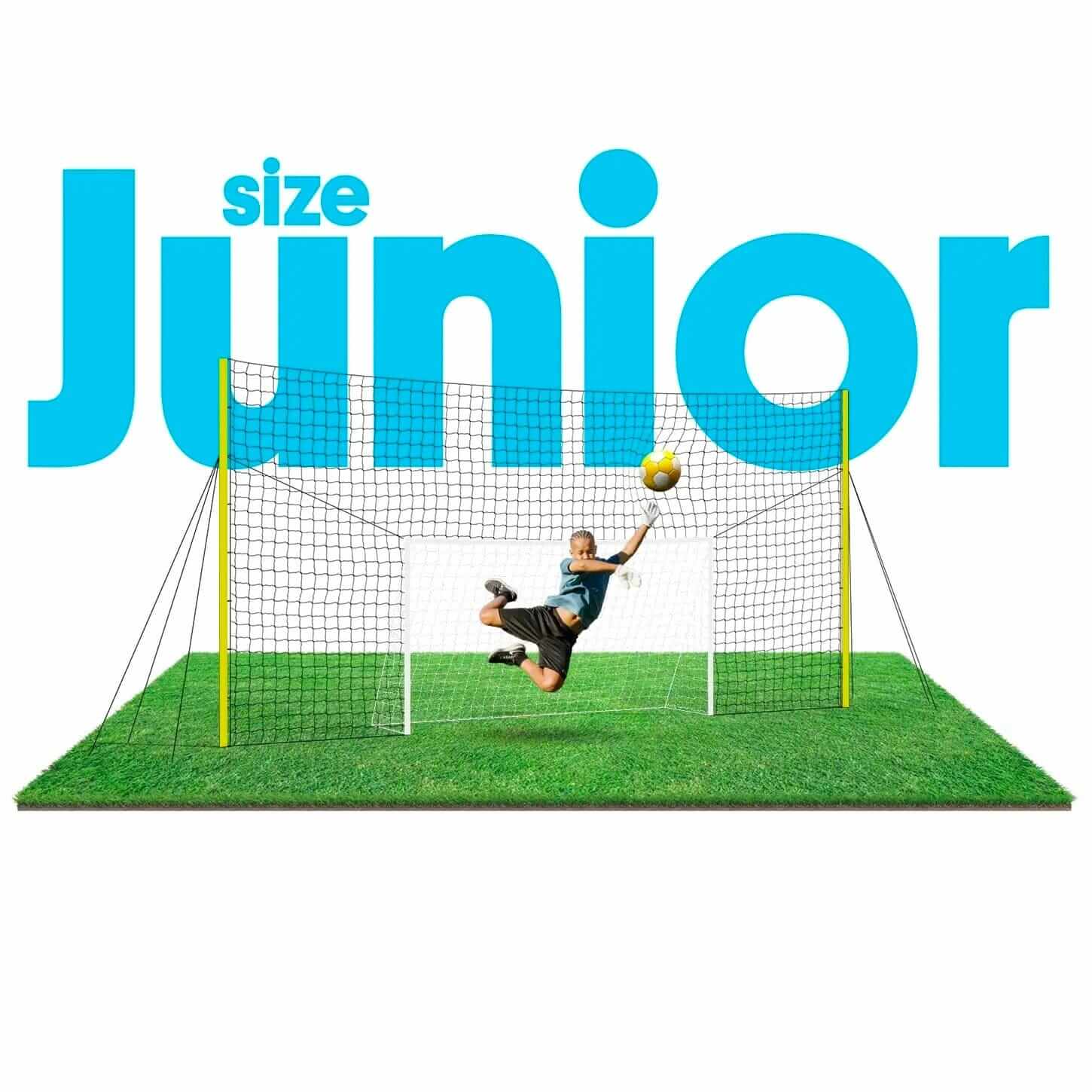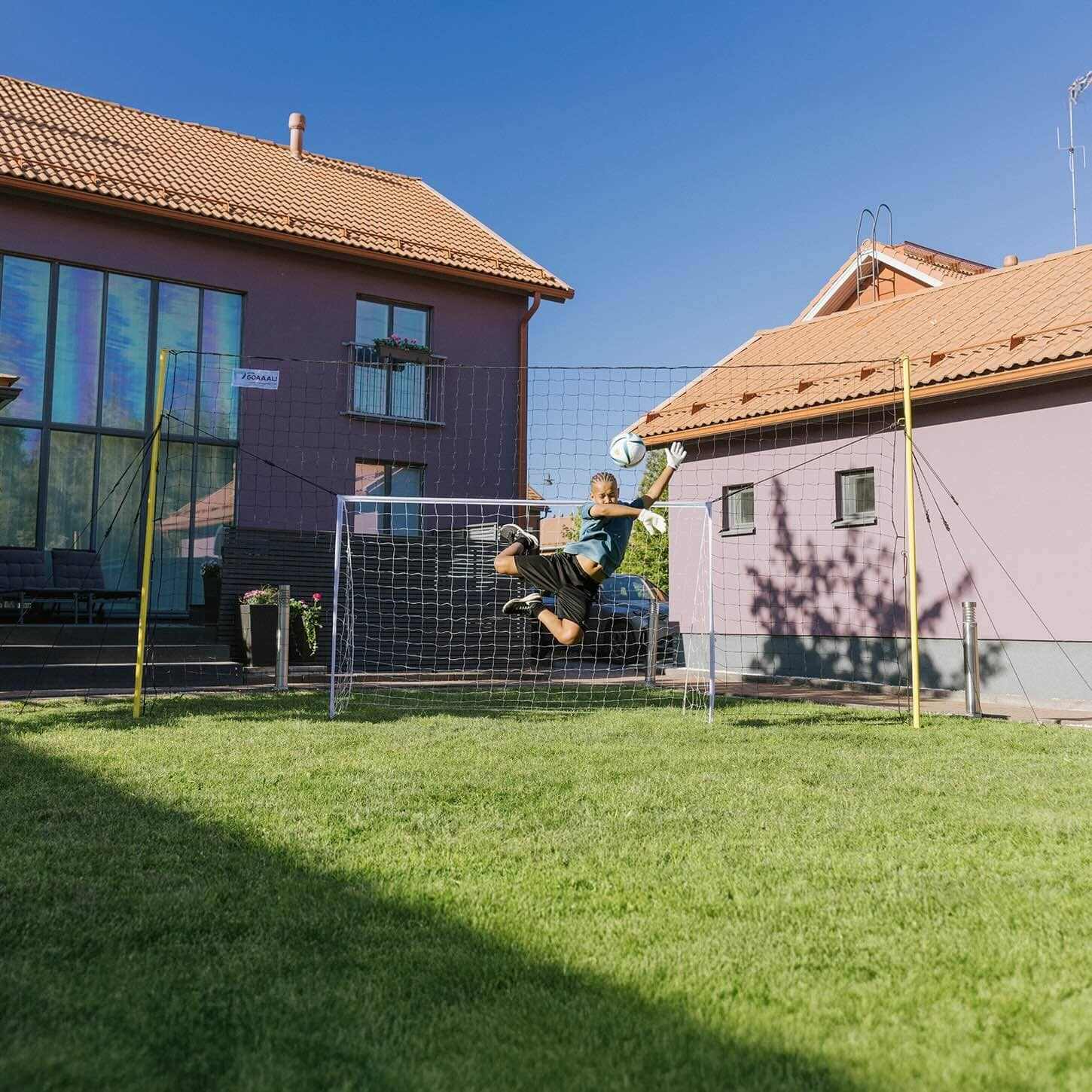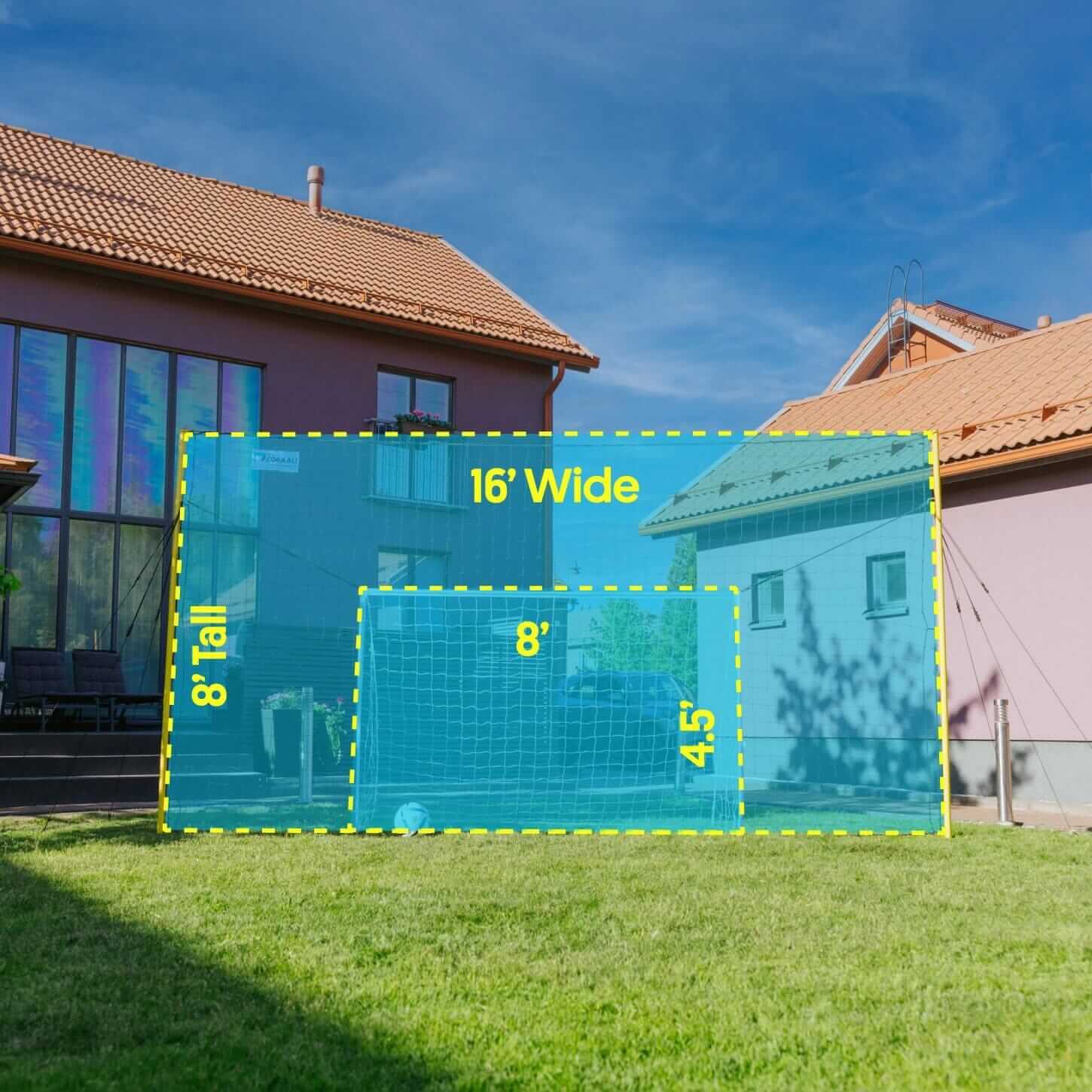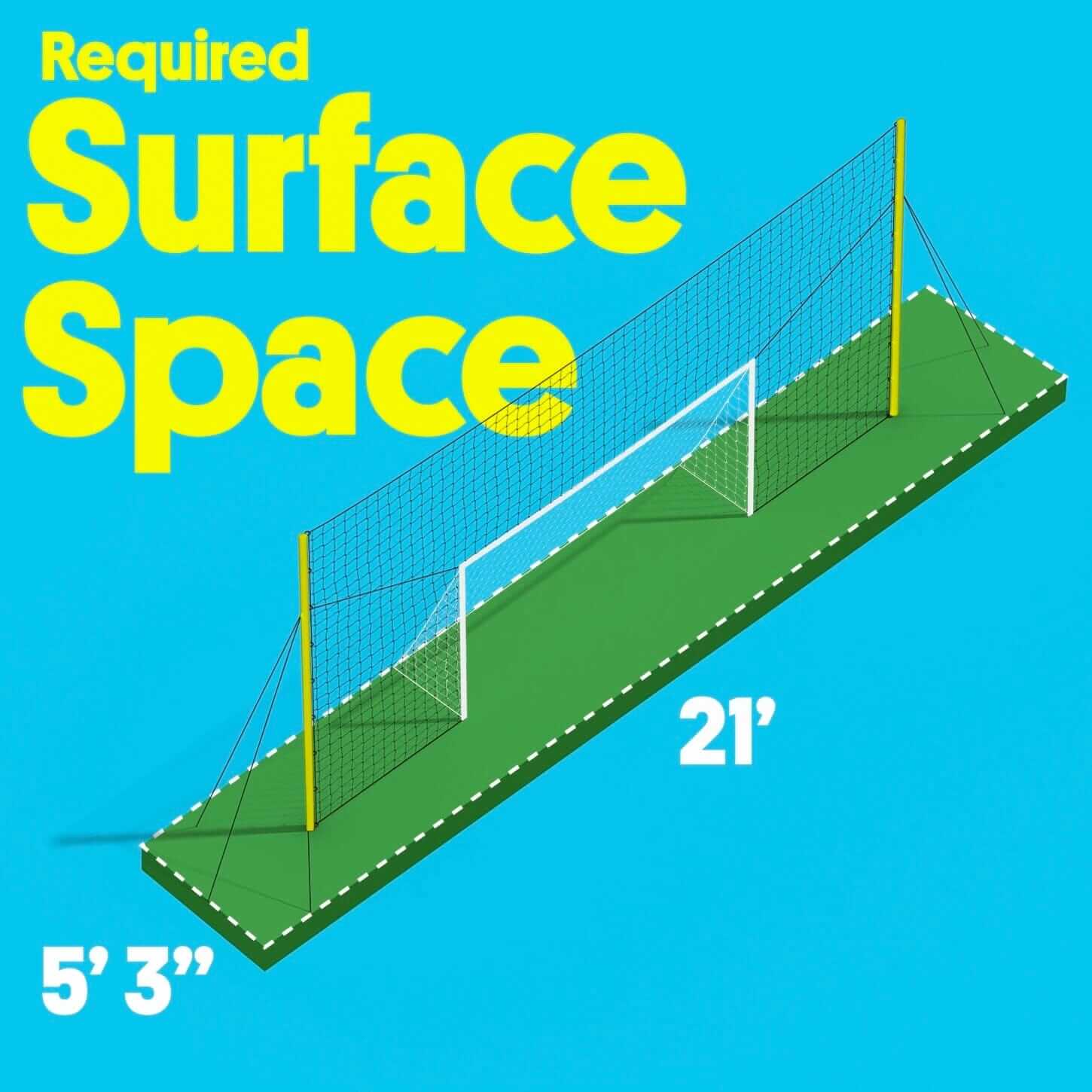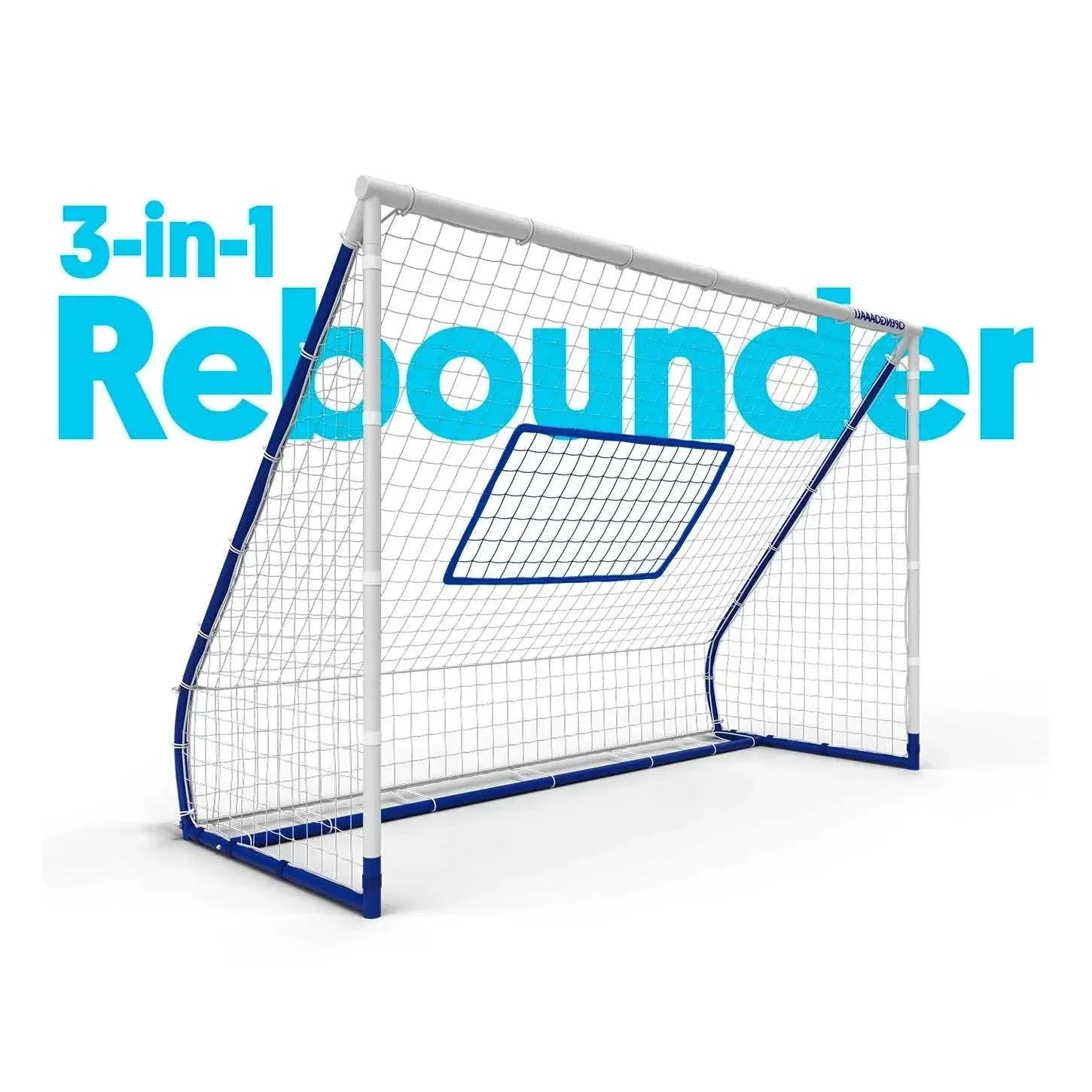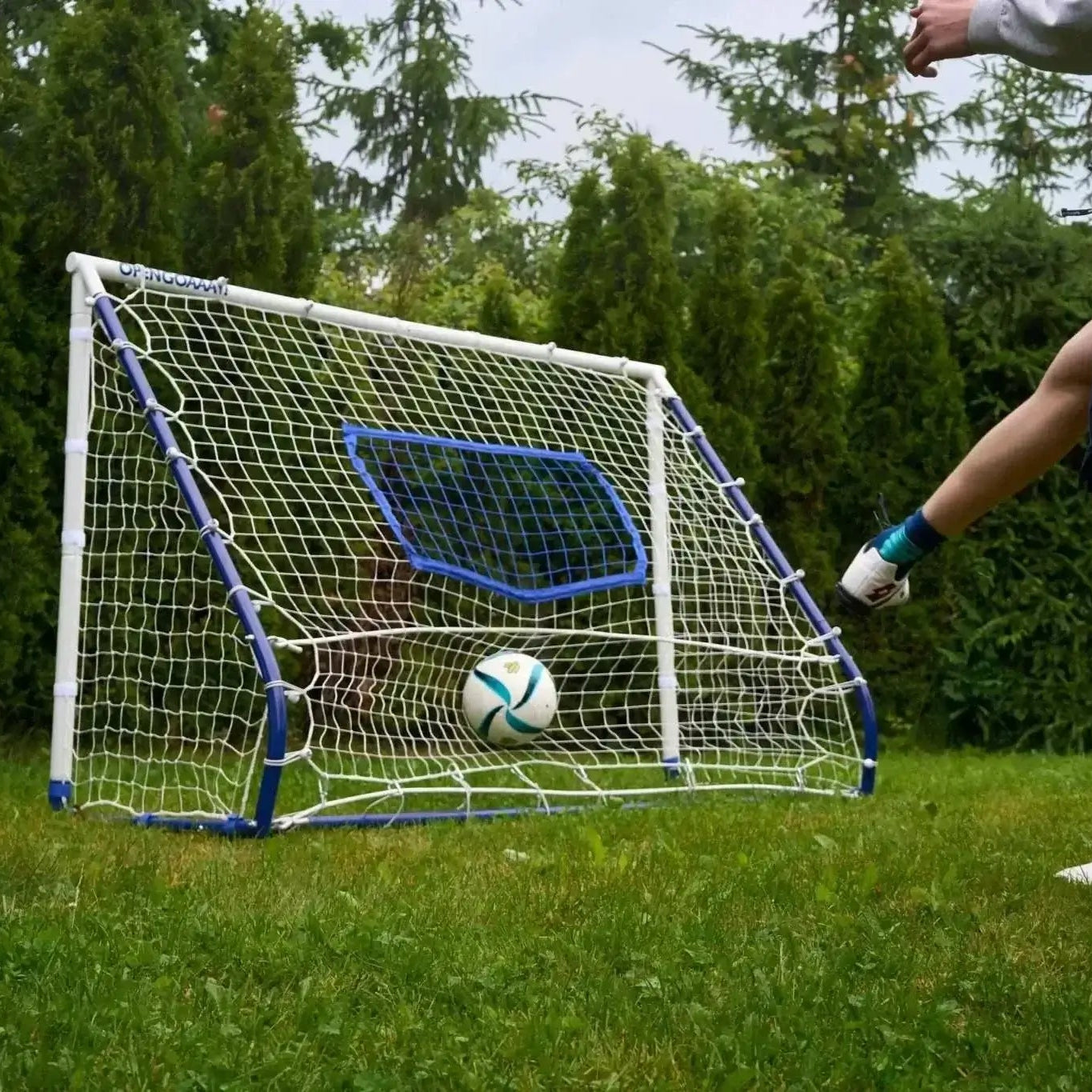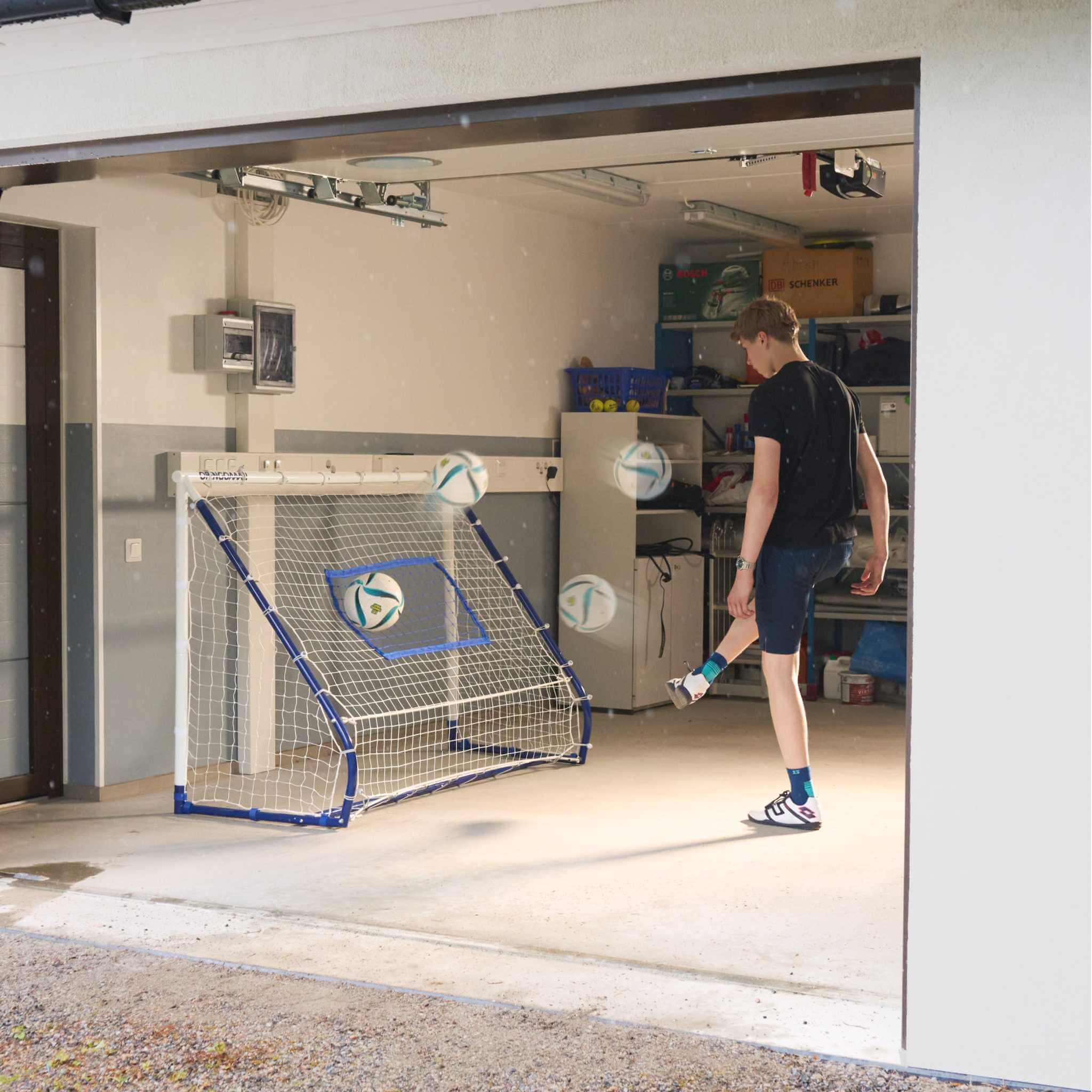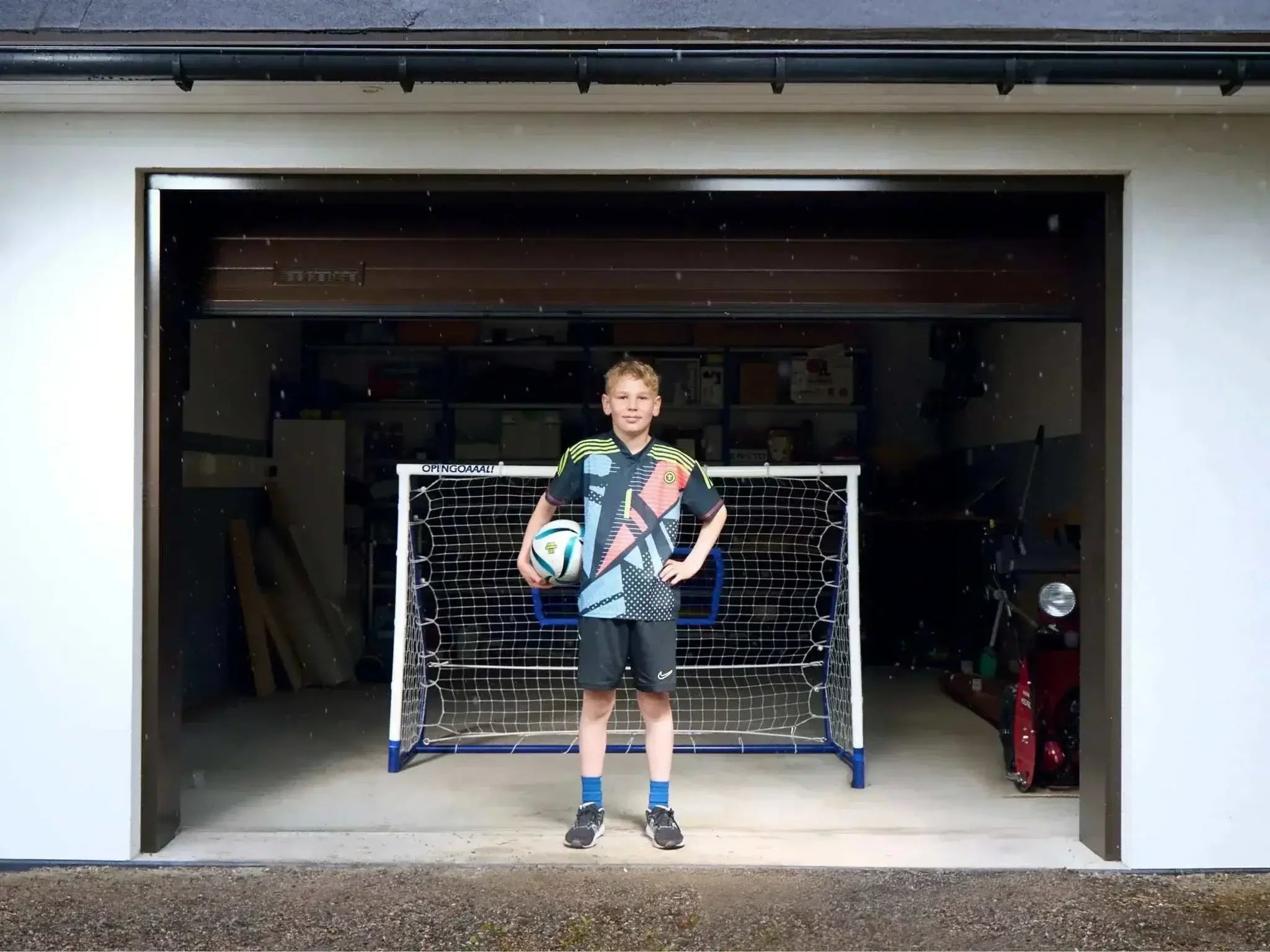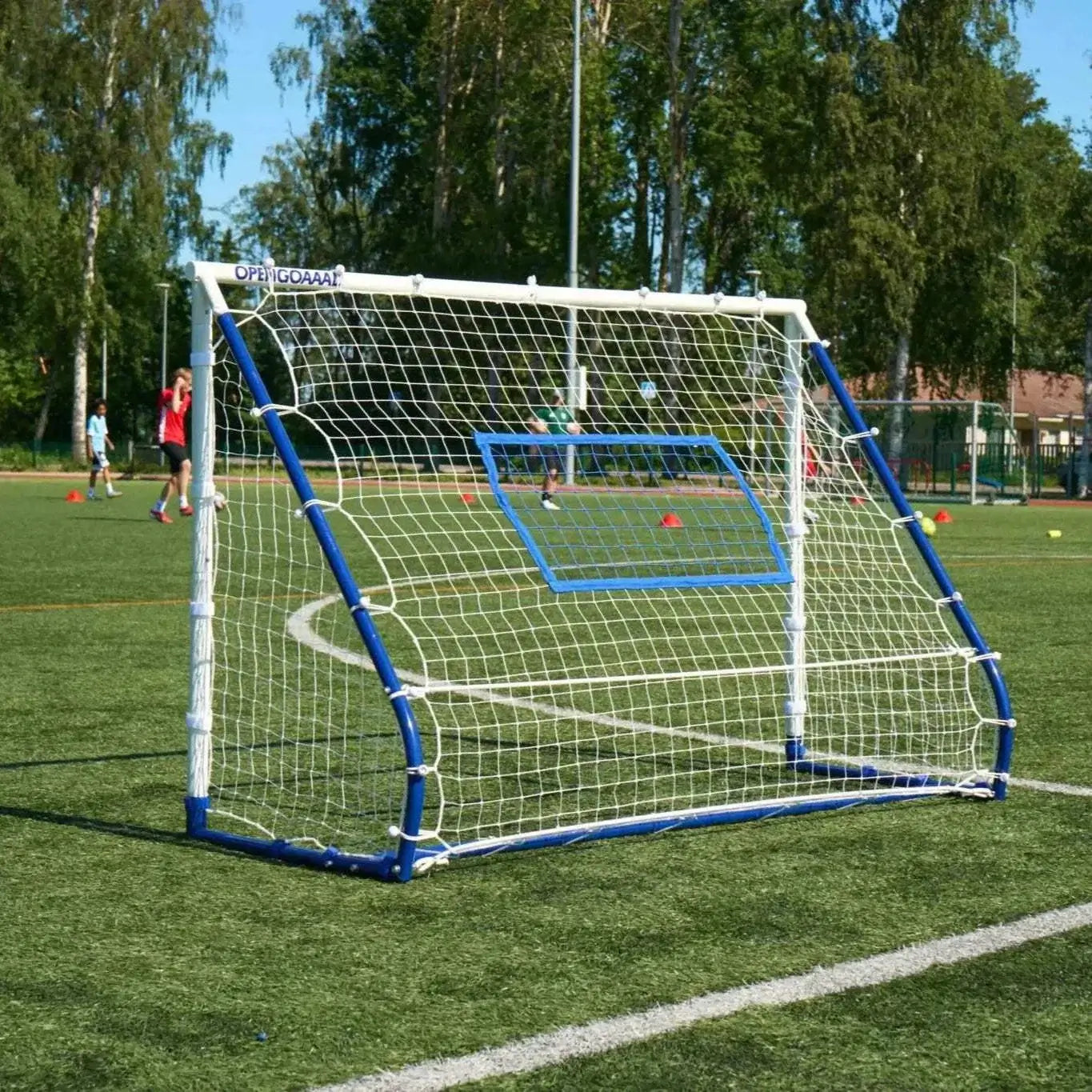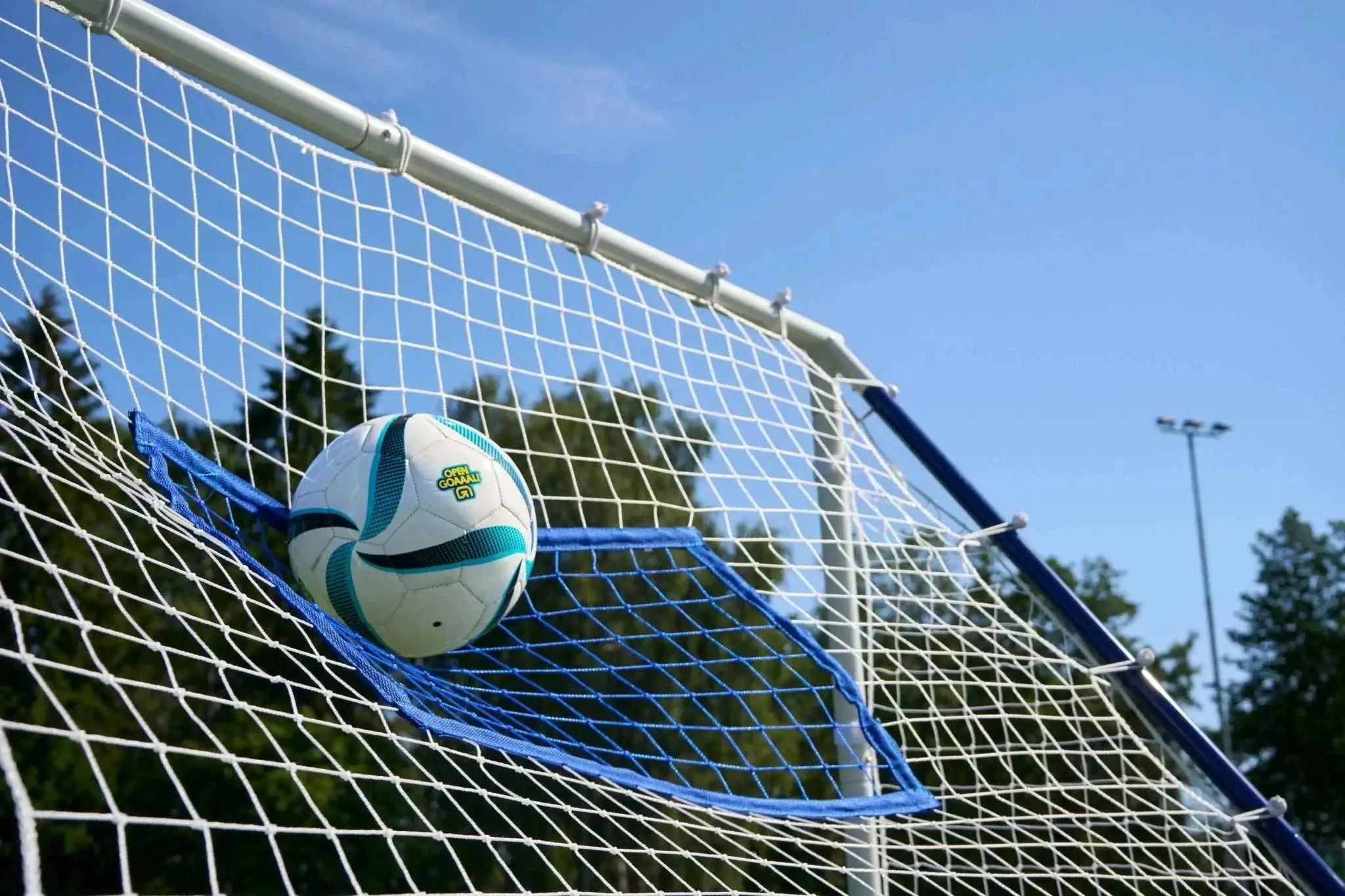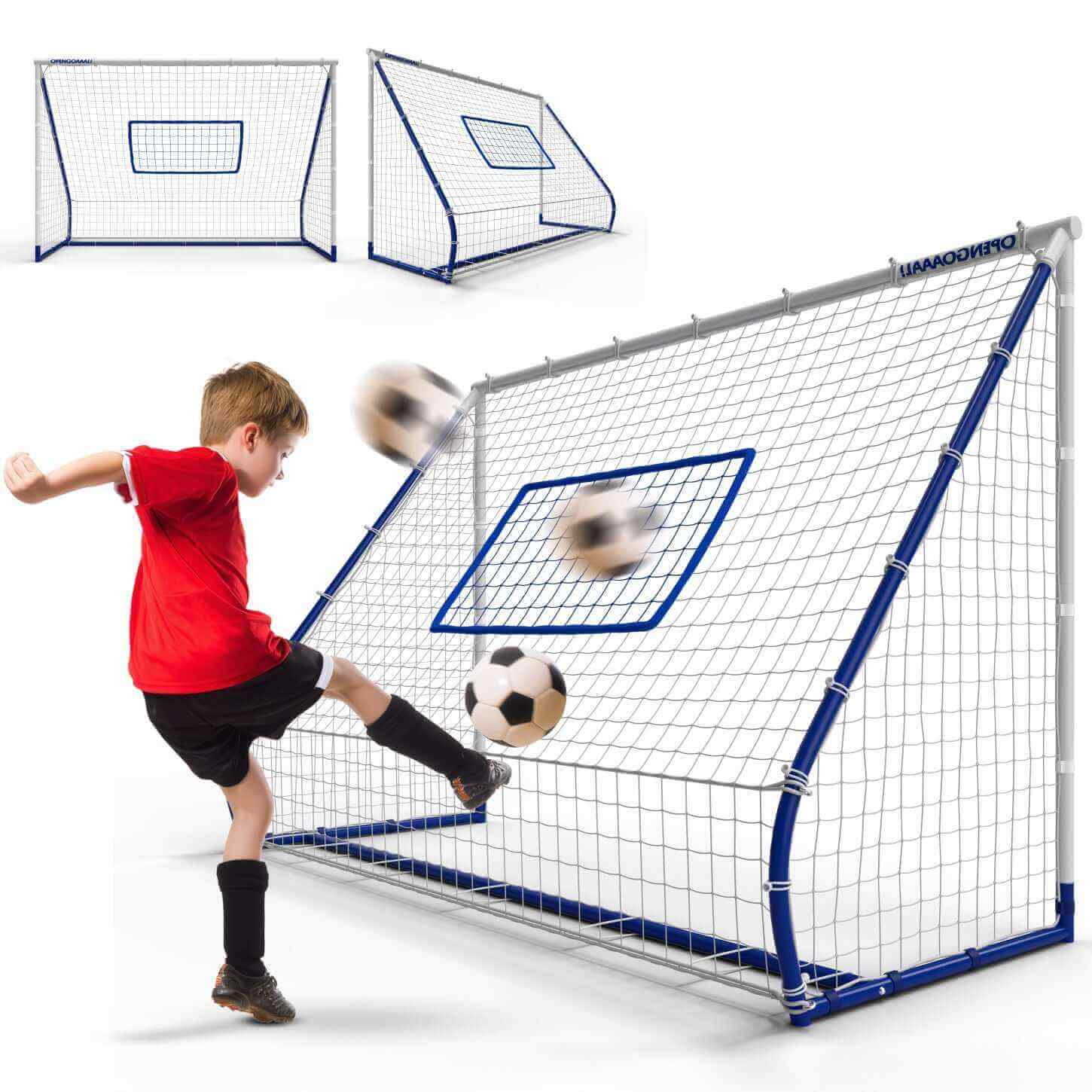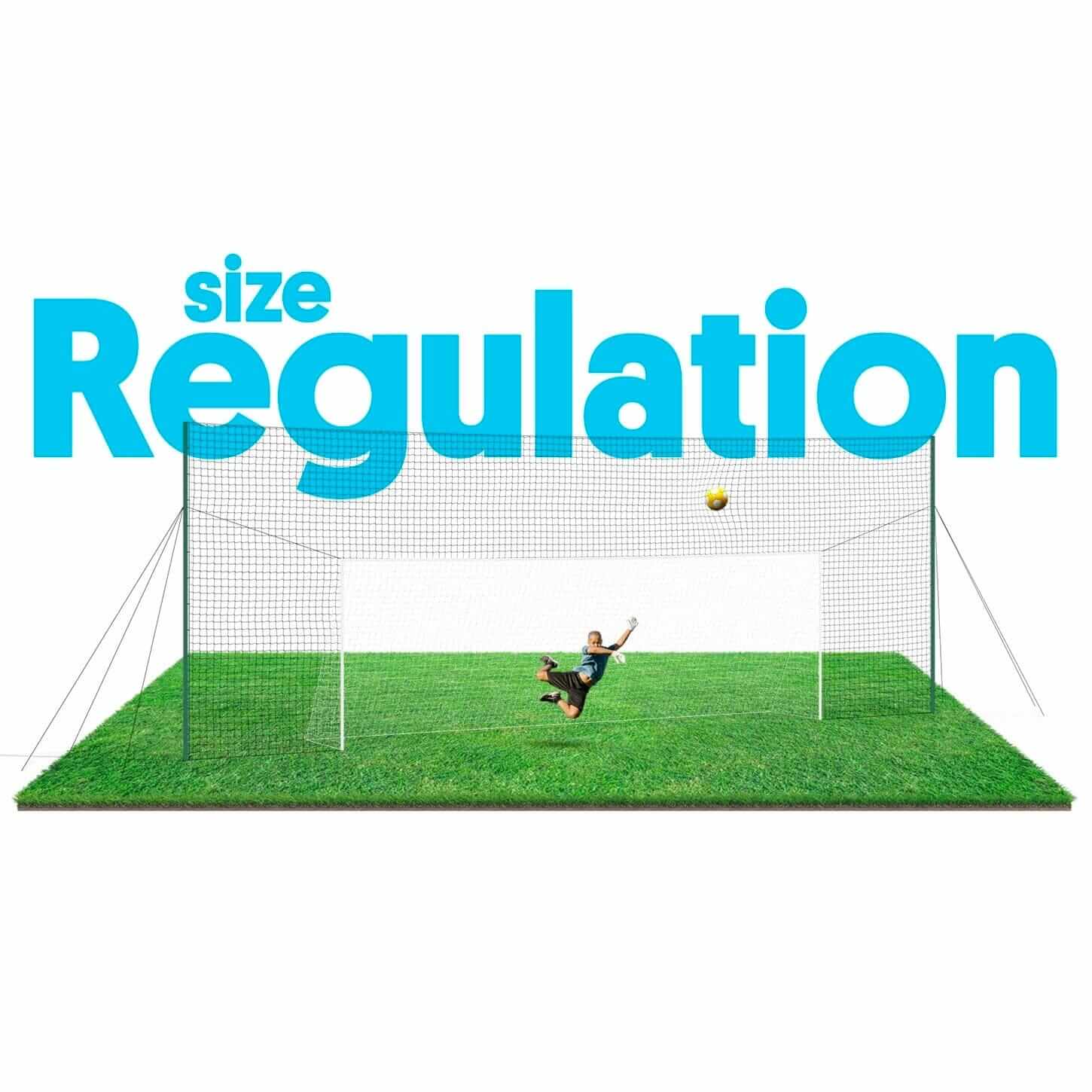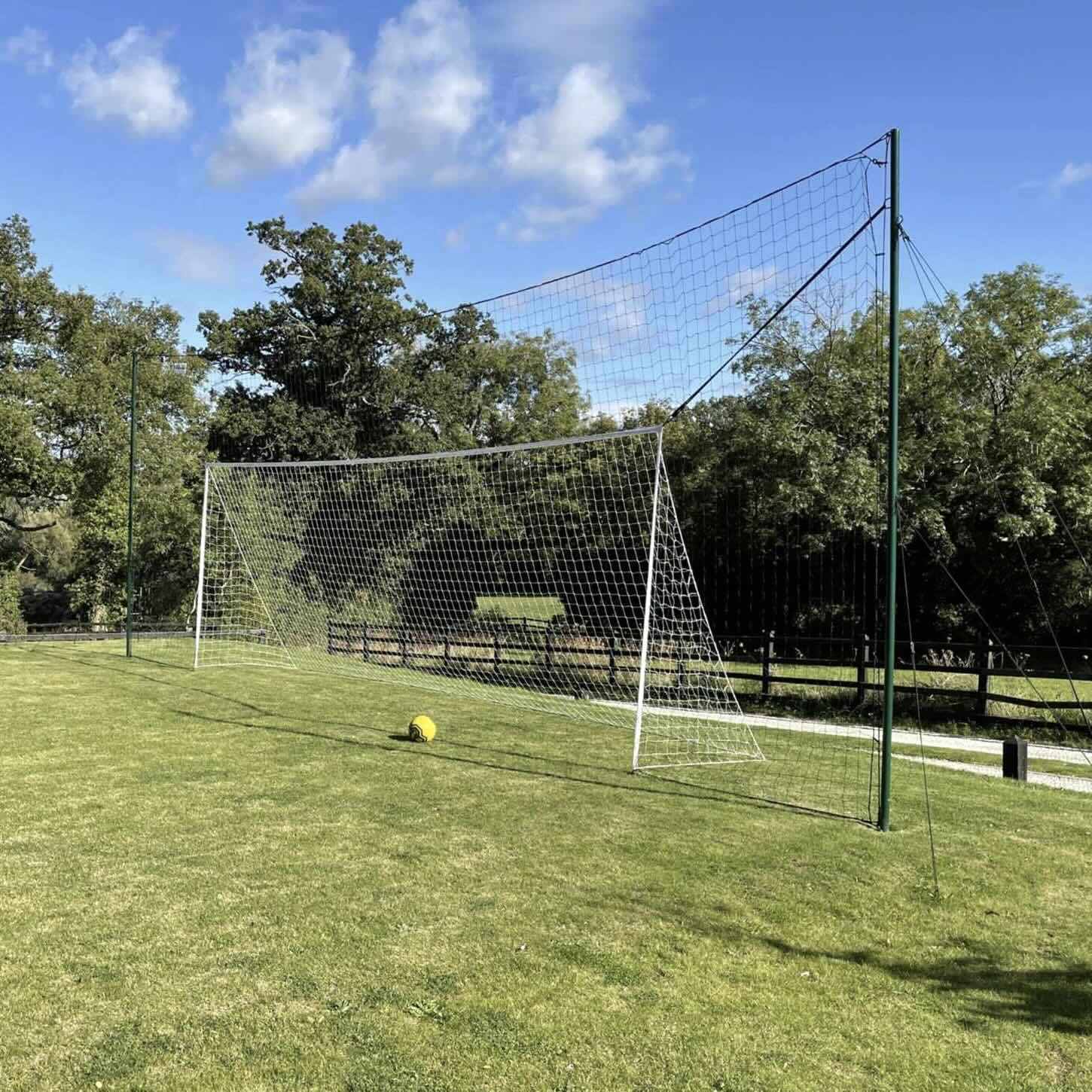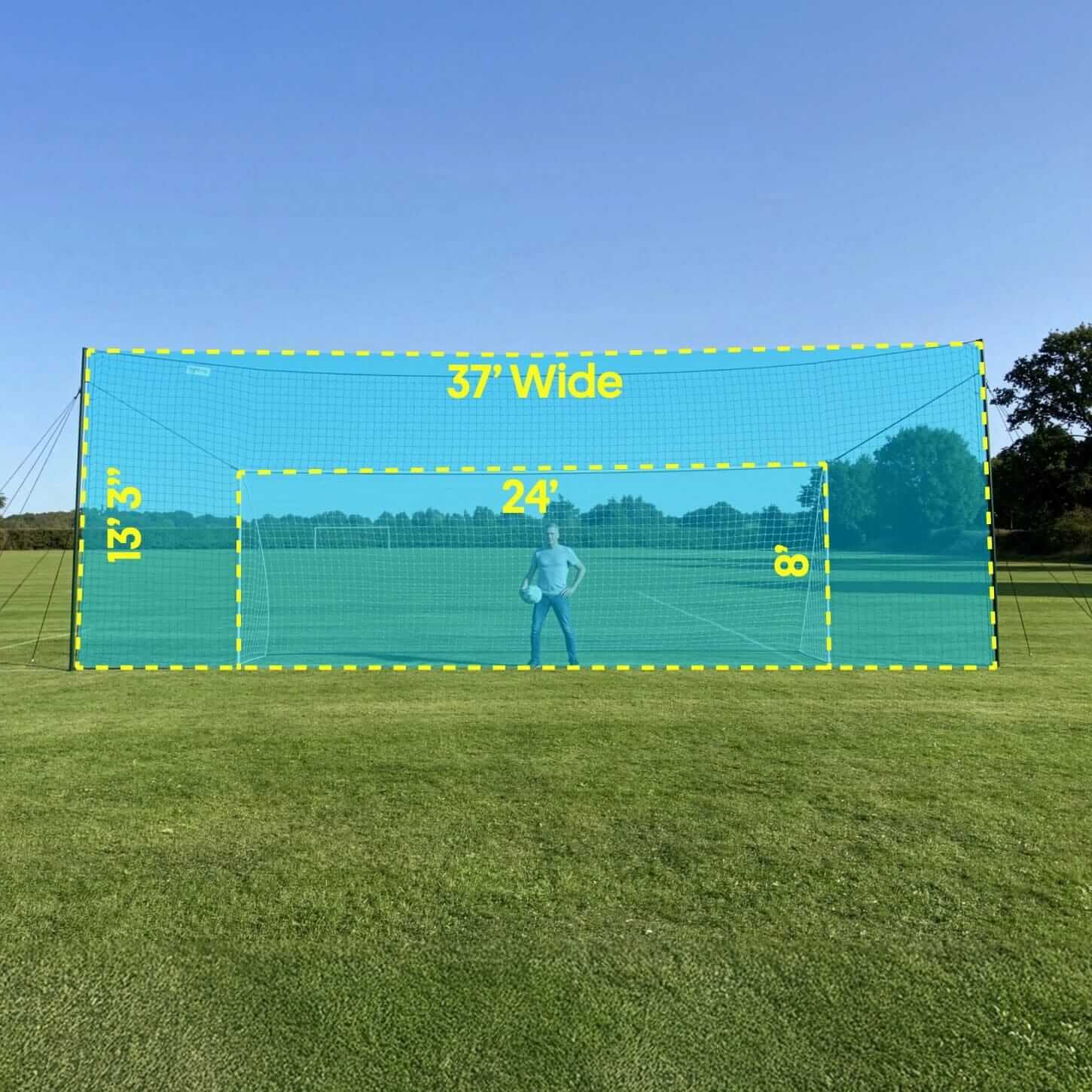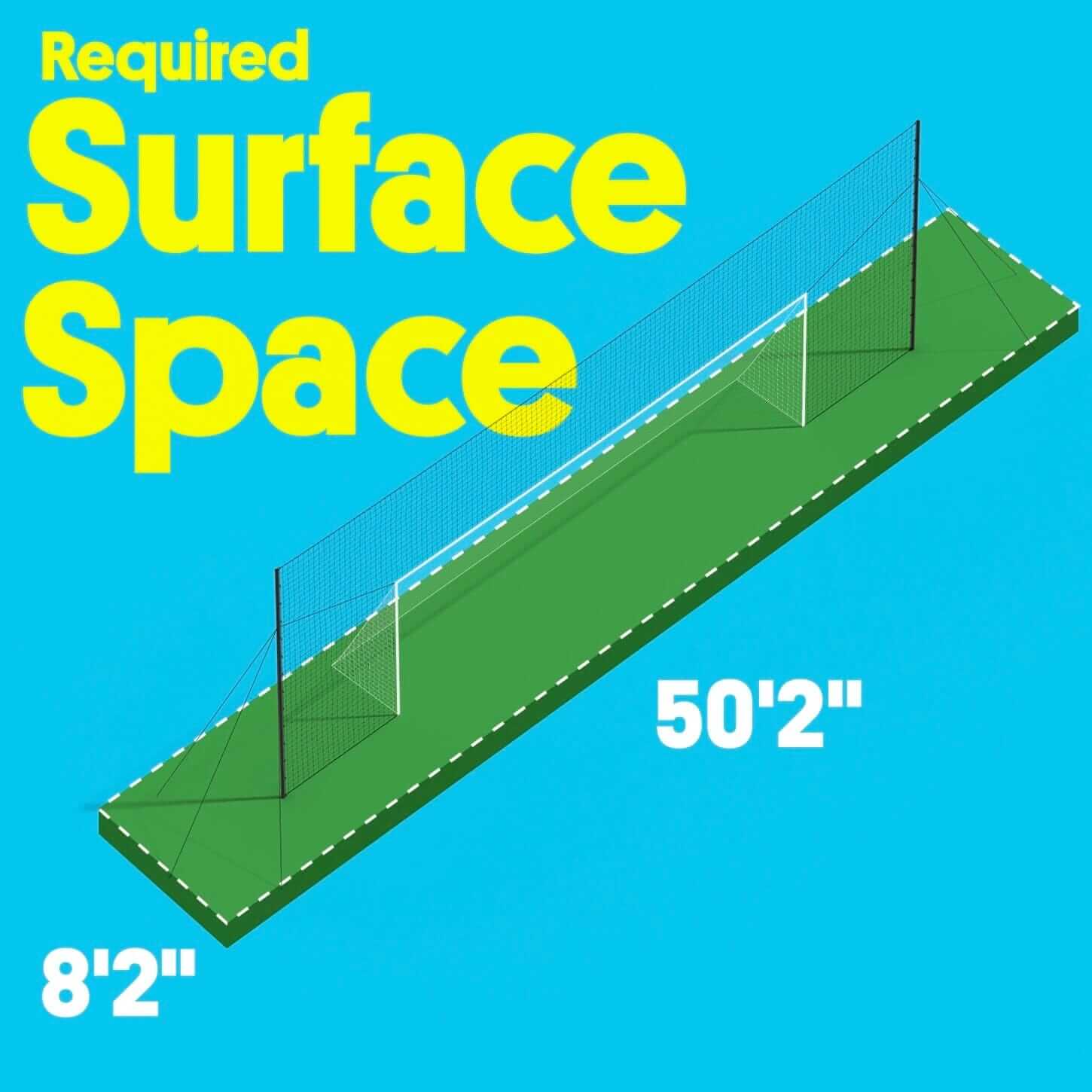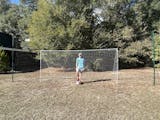There are infinite ways to improve your individual soccer skills. While learning the basics of soccer can be done in one afternoon, it can take years to enhance your skills truly. Learning how to get better at soccer means different things to different people.
One player might need to practice ball control to improve their skills, while another might need to work on conditioning.
Soccer is more complex than some realize, as it involves daily practice, stamina training, understanding your position, and learning your goals.
How to Get Good at Soccer in 9 Simple Steps
1. Work on Conditioning
Conditioning is important because it helps a young soccer player’s body perform optimally in games. Conditioning drills support their overall development as great soccer players and can help improve their resistance to injury and recovery times.
One common way to enhance conditioning in young soccer players is interval training.
Interval soccer training sessions help build stamina, an essential physical aspect of soccer. Since soccer matches last 90 minutes, players need to have the stamina to perform for that time. Players can perform running soccer drill workouts at two paces to practice interval training.
An example of a running dill is for a player to sprint with 100 percent effort to the halfway line and then slowly jog with 50 percent effort to get to the end.
More ways to help condition include stamina training, like shuttle runs and running up and down steps. Soccer players can also practice stretching routines as a warm up to improve flexibility and agility.

2. Focus on Cone Dribbling
Focusing on cone dribbling is a great way to get better at soccer. Players should set up between five and eight cones, paced out throughout ten yards.
Then, the players should practice dribbling through the cones and focus on using their dominant foot.
Soccer players should also pay attention to their non-dominant feet because having the ability to control the ball using both feet is a huge advantage. Cone dribbling helps to enhance concentration, footwork, and decision making during the game.
It also allows players to better understand how to move the ball and their connection to it, and helps players to work on keeping their head up at all times.
Young soccer players will learn to make fast and sometimes fake moves when deciding where to move the ball around the opposing team.
3. Write Down Your Goals
When learning how to get better at soccer, great soccer players should write down their goals. Whether your player is 10 years old or is in high school, having goals in mind is essential.
Many common goals are to try out for the next team, score more, or earn a starting spot. Understanding your goals is essential to become a success and can even help you to become a professional soccer player like Lionel Messi.
Writing down your goals, even if they are short-term, helps narrow your focus and help you become excited. Goals that are in writing help you to work on your goals and check off what becomes mastered over time.
Setting goals for yourself or your team help to give direction, identify what's important to you, measure progress, stay motivated, and helps to hold you accountable to follow through.

4. Practice and Prioritize Passing
To learn how to become a better soccer player, players should practice and prioritize passing. Passing is one of the most important skills in soccer that a player must develop. An accurate pass can split a defense in two, or it can help to get your team out of trouble.
The purpose of passing is to keep possession of the ball by guiding it on the ground between other players to advance the ball up the playing field. When soccer players become good passers, they know their offense and where everyone should be.
Good passers understand the timing of their offense so that as soon as there is an opportunity, they can pass the ball to a teammate to score.
5. Understand That Mistakes Are Part of the Process
When learning how to be a better soccer player, you must accept and understand that mistakes are a part of the process. Mistakes offer an opportunity for young soccer players to slow down, take a deep breath, and evaluate what is happening.
Mistakes help to form practical problem-solving skills that will help the next time you experience a similar situation. Mistakes can help soccer players know what to focus on to become better and can help reveal their blind spots.
Making mistakes is a normal part of improving your skills, decision making, and techniques.

6. Master Soccer Trapping
To master how to get better at soccer by yourself, you should practice soccer trapping. Soccer trapping is an essential skill; every good player should learn how to trap correctly. Trapping allows players to stop the ball and quickly control it.
As you gain more experience with trapping, trapping the ball becomes a necessary skill to gain an advantage over the opposing team. To practice soccer trapping, use the inside of your foot to stop the ball with an inside trap.
Trapping the ball using the inside trap is the best way to master the skill and is a common trap. As the ball moves towards you, rotate your foot so that the inside of your foot is facing the ball.
7. Find a Wall to Help
Many skills can help you learn how to be a good player, but sometimes the most simple things help you train. Finding a wall can help you with passing and training sessions. You can pass and touch the ball against a wall with each foot.
Then, stand back around 15 feet and try to hit the exact spot on the wall, receiving the rebound with one of your feet. Take the rebound with one touch to the other foot and kick it back to the wall.
Rotate this drill between both your left and right foot to build up your skills. Keep your eyes on the wall and pretend it is another player. A wall is the perfect training partner and is easy for any player to find and use to help improve their skills.

8. Train Using 1 on 1 Defending
When learning how to be good at soccer, many players train using 1 on 1 defending. In a 1 on 1 in soccer, there are two players. One player will attack, and they either penetrate through shooting, dribbling, or passing.
The other player maintains possession of the ball by either shielding, passing to a teammate, or dribbling. 1 on 1 is often used to train to defend because it helps players to position their bodies correctly and work on cutting off the angles of the attacker.
To practice a 1 on 1 game, player 1 should be about 2 steps away from player 2, the attacker.
Jockey the attacker and don’t dive, as patience is key. Force the attacker onto their non-dominant foot. Be on your feet and not your back heels, but also keep your feet moving.
It is important to try your best not to trip over the laces on your cleats, which should always be tightly tied. You can win the ball with confidence when the timing is right.
9. Learn Your Position
When learning how to get good at soccer, the most crucial thing you can do to be the best player is to understand your position.
Each soccer position has a particular area of the soccer field that a player covers, including how far forward, back, left, or right their territory covers.
For example, forwards, defenders, and midfielders are split into specific positions based on their coverage of the right side, left side, and center of the playing field. A striker is nearest to the opponent’s goal, and their objective is to score goals for the team.
To be sure you understand your position, your soccer coach can help explain where exactly you are supposed to be during the game.
Frequently Asked Questions
To learn how to get better at soccer, these frequently asked questions can help.
What is the easiest way to get better at soccer?
The easiest way to get better at soccer is to practice daily. The more time you spend with your soccer ball, the better you will become. Practicing soccer drills, tutorials, and playing in games will get you on the right track to improving your skills.
You should also work on conditioning, cone dribbling, passing, trapping, and understanding your position to be the best player.
Writing down your goals is another good way to improve your skills, as you will have them to hold you accountable. It is normal to make mistakes when improving your skills, so it won’t always be easy.
What is the easiest position in soccer?
What you consider an easy position in soccer might be regarded as difficult for someone else. Many soccer coaches feel the full-back position is the easiest, mainly because the player carries relatively little responsibility.
Players in the full-back position also have minimal contact with the ball compared to other players in other positions. While this position might seem easy, it still has its challenges. Full-backs still have some responsibilities in attack and defense.
What can I do every day to get better at soccer?
There are things you can do every day to get better at soccer. To improve your skills, follow through with these soccer star tips:
- Perfect your first touch of the ball, as it sets you up for your next pass, dribble, or shot
- Practice close touch ball handling drills to improve ball control, dribbling, and passing
- Practice picking up the speed and sprinting
- Work both of your feet into the soccer game, as both dominant and non-dominant feet should be skilled
- Dribble with tight and precise control
- Practice juggling the ball
- Use the wall as a helper
- Train for at least 20 minutes a day

What are the 5 most important rules to remember in soccer?
When learning how to get better at soccer, it is essential to remember these 5 rules.
- Do not use your hands unless you are a goalie or are striving for a throw-in. In soccer, your hands mean using anything from your fingers to your shoulders. This is the most important rule for beginners or first time players.
- For throw-ins, the player must plant both their feet on the ground and use both hands to throw the ball straight overhead, making its way back into play.
- The coach’s and referee’s responsibility is to keep track of fouls, but generally, the intent is to go for the ball and not the player. You cannot jump at, kick, trip, strike, push, charge, or hold an opponent.
- The soccer game is in play as long as the ball is inside of bounds on the soccer field. The only exception is if the referee calls for an offside or infraction.
- In soccer, every kick is indirect except if it comes from a handball or a foul. A player can score on a direct kick if you directly kick the ball in the goal.
Final Thoughts
Learning how to get better at soccer requires a lot of patience and practice, but it can be done if you put in the hard work. Working on conditioning, passing, and trapping are great ways to get better at soccer.
Using a wall to help you practice is also helpful, as the wall acts as an opposing player.

The Opengoaaal 3-in-1 Trainer and Rebounder can create the perfect soccer training goal right in your backyard. It includes a soccer rebounder, soccer goal, and soccer backstop combined into one soccer goal.
Consider using the Opengoaaal 3-in-1 Trainer and Rebounder to help you improve your individual soccer skills today!


